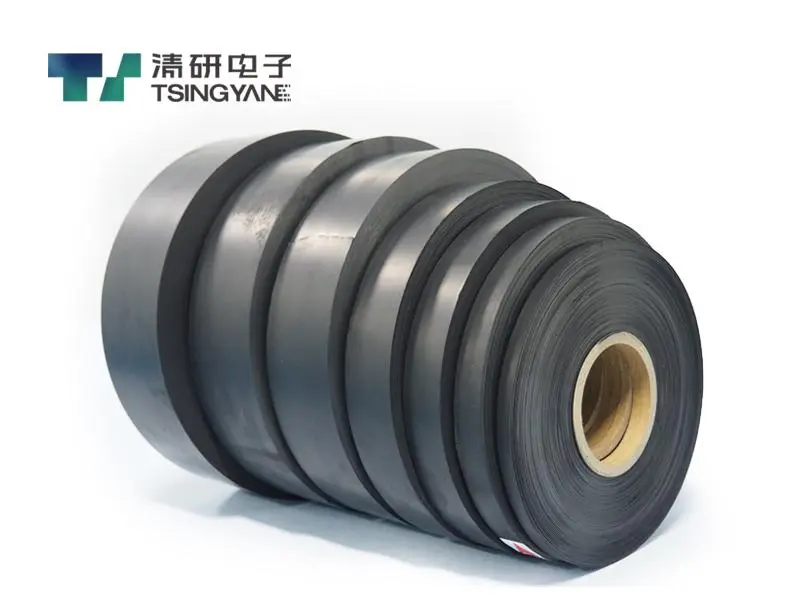Electrode drying is a pivotal stage in lithium-ion battery manufacturing, directly affecting the performance and reliability of the final product. This process involves evaporating solvent from the wet electrode coating applied to the current collector, ensuring a stable and uniform electrode structure. Proper drying enhances critical properties such as adhesion, conductivity, and electrochemical performance, which are essential for producing efficient and durable batteries. By carefully managing the drying process, manufacturers can minimize defects and optimize battery quality, making it a cornerstone of advanced battery production.
The drying process in lithium-ion battery manufacturing is complex, involving the interplay of solvent evaporation, binder migration, and particle movement within the electrode coating. As the solvent evaporates, the binder and active materials redistribute, influencing the electrode's microstructure. A thorough understanding of these mechanisms is essential for optimizing drying conditions, as they determine the uniformity and stability of the final electrode. By controlling these dynamics, manufacturers can achieve consistent electrode properties that enhance battery performance and longevity.

Several parameters shape the effectiveness of electrode drying, including temperature, airflow, pressure, and the choice of solvent and binder. Temperature and airflow regulate the rate of solvent evaporation, while pressure can affect the drying environment, particularly in specialized methods. The type of solvent and binder used also plays a significant role, as their chemical and physical properties influence drying behavior and electrode formation. Careful calibration of these parameters ensures a balanced drying process that minimizes defects and maximizes electrode quality.
Manufacturers employ various drying methods to suit different electrode materials and desired properties, including hot air drying, vacuum drying, and laser drying. Hot air drying is widely used for its simplicity and scalability, delivering consistent results through controlled heat and airflow. Vacuum drying, conducted in low-pressure environments, is effective for sensitive materials, reducing the risk of thermal damage. Laser drying, an emerging technique, offers precision and rapid processing, ideal for advanced applications. Each method has its strengths and limitations, and the choice depends on the specific requirements of the electrode and production goals.
Inadequate drying can lead to significant defects that compromise battery performance. Binder migration during drying may result in uneven binder distribution, weakening the electrode's mechanical integrity and electrochemical efficiency. Delamination, where the coating separates from the current collector, can occur if drying is too rapid or uneven, reducing adhesion strength. These issues lead to diminished battery capacity, increased resistance, and shorter cycle life, underscoring the need for precise drying control to ensure high-quality electrodes.
Monitoring the drying process is critical for achieving optimal results, and metrology techniques play a vital role in this effort. In-situ methods, which provide real-time data during drying, allow manufacturers to adjust parameters on the fly, ensuring consistency. Ex-situ techniques, conducted after drying, offer detailed insights into the electrode's final structure and properties. By leveraging these tools, manufacturers can detect issues early, optimize drying conditions, and maintain high standards of electrode quality, enhancing overall battery performance.
Optimizing electrode drying presents ongoing challenges, particularly in controlling binder distribution and balancing drying speed with quality. Binder migration during drying can lead to non-uniform distribution, adversely affecting the electrode's mechanical and electrochemical properties. High drying speeds, while desirable for production efficiency, can exacerbate binder segregation and introduce defects like cracks or voids. To address these issues, research is focused on developing advanced drying techniques, such as laser drying and dry-printing, which offer greater precision and control over the electrode structure. These innovations aim to improve uniformity, reduce defects, and enable faster, more efficient production, paving the way for next-generation lithium-ion batteries.
Electrode drying is a critical determinant of lithium-ion battery quality, requiring a deep understanding of drying mechanisms, precise control of process parameters, and advanced monitoring techniques. By optimizing drying conditions, manufacturers can produce uniform, stable electrodes that enhance adhesion, conductivity, and electrochemical performance. Despite challenges like binder migration and the trade-offs of high-speed drying, ongoing advancements in drying technologies promise to deliver more efficient and effective solutions. As the battery industry continues to evolve, mastering electrode drying will remain essential for creating high-performance, sustainable batteries to power electric vehicles, consumer electronics, and renewable energy systems.